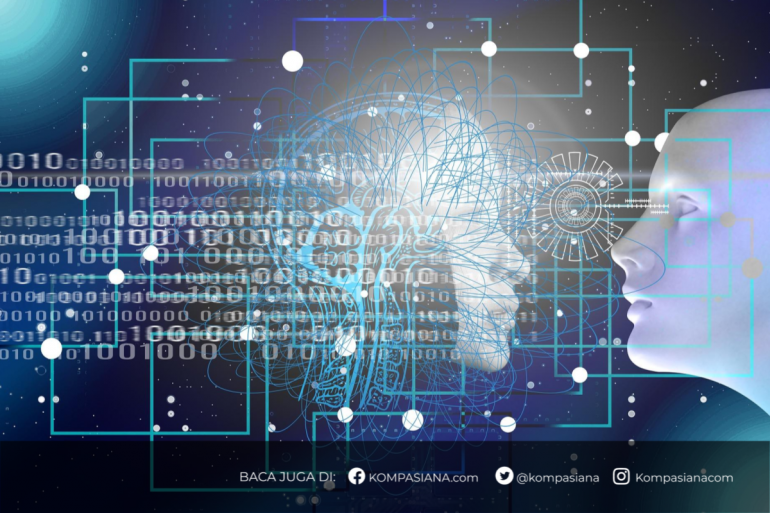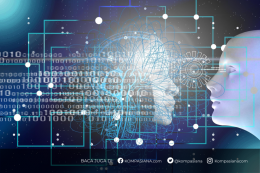Astronomy, one of the oldest and most fascinating fields of study, has always been at the forefront of human curiosity. With the vast expanse of the universe and the complexity of celestial objects, astronomical data can be overwhelming. In recent years, Artificial Intelligence (AI) has revolutionized the way astronomers analyze data, detect new objects, and expand our understanding of the cosmos. Let's explore how AI is transforming astronomy and its potential in future space exploration.
1. Introduction: The Role of AI in Astronomy
Astronomy has traditionally relied on human expertise and simple algorithms to study celestial objects. However, as technology advances, the volume of data collected from telescopes, satellites, and space observatories has grown exponentially. This massive data deluge demands new, more efficient ways of processing and analyzing information. This is where AI, particularly machine learning (ML) and deep learning (DL), plays a crucial role.
AI algorithms can process large datasets in a fraction of the time it would take a human, making it possible to detect patterns, classify objects, and predict celestial events more accurately.
2. Detecting Exoplanets: AI's Role in the Search for New Worlds
Exoplanet discovery is one of the most exciting areas in astronomy, and AI is making it possible to identify planets outside our solar system more effectively. The data collected by space telescopes, such as the Kepler Space Telescope, contains numerous signals that could indicate the presence of an exoplanet. However, the signals are often faint and challenging to detect amidst the noise.
AI uses neural networks to sift through vast amounts of data to find these subtle signatures. For example, a deep learning model trained on known exoplanet data can help astronomers identify new planets by detecting periodic dips in brightness when a planet passes in front of its host star.
Example:NASA's Kepler Space Telescope used AI models to identify more than 2,000 exoplanets. These models analyzed light curves to detect the tiny dimming caused by exoplanets transiting across their stars.
3. Gravitational Wave Detection: AI's Power in Capturing Cosmic Ripples
Gravitational waves, ripples in space-time caused by massive cosmic events like black hole mergers, are incredibly difficult to detect. Facilities such as LIGO (Laser Interferometer Gravitational-Wave Observatory) rely on extremely sensitive equipment to capture these faint waves, but the data is often plagued by noise.
AI has significantly improved the ability to detect gravitational waves by distinguishing between real signals and noise. Machine learning algorithms can quickly process the data, flagging potential gravitational wave events for further analysis.







